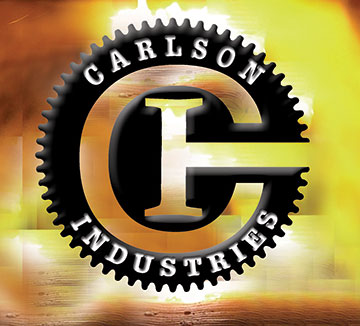What is Hardfacing Processes?
Hardfacing Processes
Fusion hardfacing is a process by which weld materials, with superior properties than the substrate, are applied to the substrate. Often, two layers total 3 – 6 mm (1/4 – 1/2 in) thick are applied to reduce the surface hardness dilution of the relatively low-cost steel substrates in the expansive cobalt-base alloys.
Hardfacing processes are very useful for improving wear and corrosion resistance to selected areas of machinery, such as cutting edges of earth-moving machinery. Common hardfacing techniques include arc, torch, and other processes.
Hardfacing Defined
Hardfacing is a metalworking process where harder or tougher material is applied to a base metal. It is welded to the base material, and is generally takes the form of specialized electrodes for arc welding or filler rod for oxyacetylene and TIG welding. Hardfacing may be applied to a new part during its production, or it may be used to restore a worn-down surface.
Hardfacing by welding is a surfacing operation to extend the service life of industrial components, pre-emptively on new components, or as part of a maintenance programme.
The result of significant savings in machine down time and production costs has meant that this process has been adopted across many industries such as Steel, Cement, Mining, Petrochemical, Power, Sugar cane and Food.
Extensive work in research has resulted in the development of a wide range of alloys and welding procedures.
The optimum alloy selection is made considering the component service conditions and feedback of the service performance. For each industrial application and wear phenomena, there is a welding wire to provide wear resistance.

